Carvana Seeks Growth of Its Inventory, as Pandemic Causes Used Car Contraction

As other used car retail outfits like Shift go public in an attempt to grow their number of stores and break into the (lucrative?) used-only dealership market, established player Carvana has a different issue on its hands: There just aren’t enough used cars to buy these days.
The 2020 pandemic has restricted the supply of used cars. Consumers work from home, cancel or curtail time away and vacations, and spend money on their homes instead of that shiny new whip. Hey, those used rides are fine if they largely sit in the garage.
It’s created a problem for Carvana, which needs a lot of used cars to make its business function properly – especially as it’s been growing rapidly. New additions to the Carvana portfolio include inspection/reconditioning centers outside Columbus, Ohio, and Orlando, Florida. The company has a total of 10 such centers nationally, and by end of the year, there should be 11 in operation. In Q3 of 2020, Carvana sourced more cars than it sold, but it still wasn’t enough to fill the lots.
Carvana has grown retail sales and revenue this year but is still losing money overall. In its latest shareholder call, the company reported a 39 percent increase in Q3 sales over Q2, to 64,414 cars. Revenue was also up 41 percent, to $1.54 billion. Overall though, the company still experienced a net loss of $17.7 million. That figure was considerably better than the pre-pandemic time (remember that?) of Q3 2019 when there was a net loss of $92.2 million.
Spurned by the growth operational scale, investors are also focused on Carvana’s promising increases in profitability. At the start of 2020, the company’s stock was worth $93.81 a share, but at market close on October 30th shares stood at $185.26.
With the national supply of used cars at a low point, dealers are eager for that trade-in and will pay top dollar. But that means used car shoppers are looking at inflated prices across the board. It might be the time to stretch the life on that jalopy a bit longer, much to Carvana’s chagrin.
[Image: Carvana]

Interested in lots of cars and their various historical contexts. Started writing articles for TTAC in late 2016, when my first posts were QOTDs. From there I started a few new series like Rare Rides, Buy/Drive/Burn, Abandoned History, and most recently Rare Rides Icons. Operating from a home base in Cincinnati, Ohio, a relative auto journalist dead zone. Many of my articles are prompted by something I'll see on social media that sparks my interest and causes me to research. Finding articles and information from the early days of the internet and beyond that covers the little details lost to time: trim packages, color and wheel choices, interior fabrics. Beyond those, I'm fascinated by automotive industry experiments, both failures and successes. Lately I've taken an interest in AI, and generating "what if" type images for car models long dead. Reincarnating a modern Toyota Paseo, Lincoln Mark IX, or Isuzu Trooper through a text prompt is fun. Fun to post them on Twitter too, and watch people overreact. To that end, the social media I use most is Twitter, @CoreyLewis86. I also contribute pieces for Forbes Wheels and Forbes Home.
More by Corey Lewis
Latest Car Reviews
Read moreLatest Product Reviews
Read moreRecent Comments
- ToolGuy If these guys opened a hotel outside Cincinnati I would go there to sleep, and to dream.
- ToolGuy Michelin's price increases mean that my relationship with them as a customer is not sustainable. 🙁
- Kwik_Shift_Pro4X I wonder if Fiat would pull off old world Italian charm full of well intentioned stereotypes.
- Chelsea I actually used to work for this guy
- SaulTigh Saw my first Cybertruck last weekend. Looked like a kit car...not an even panel to be seen.



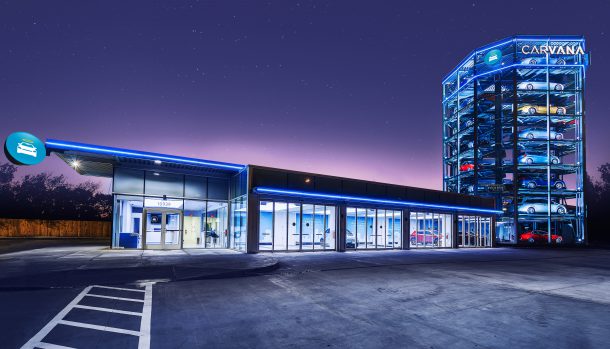













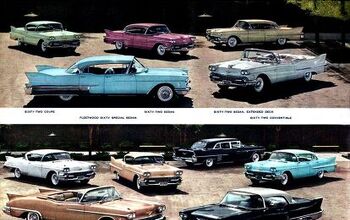

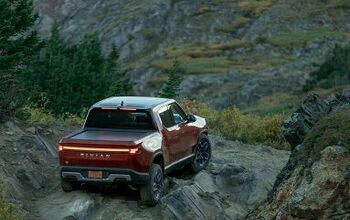
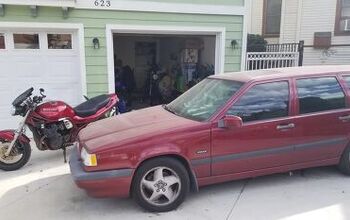
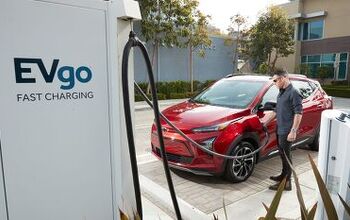

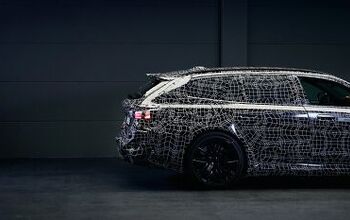
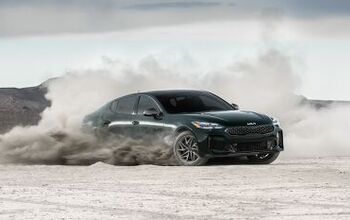
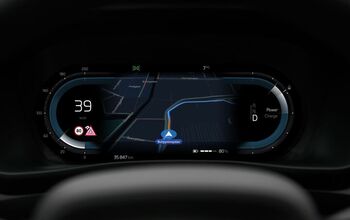
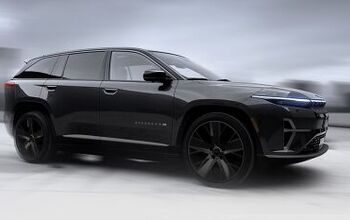

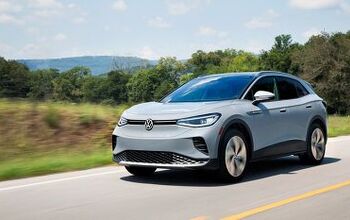
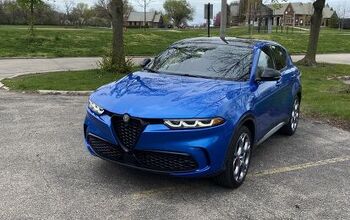
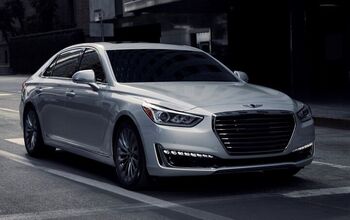
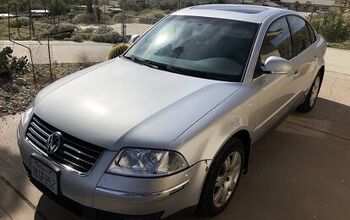
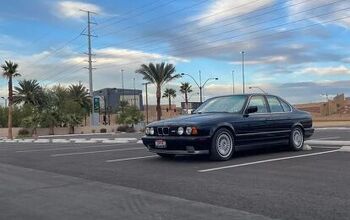
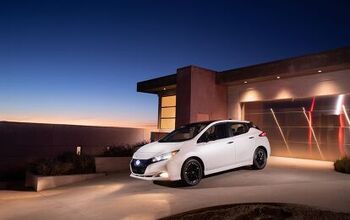
Comments
Join the conversation
I recently upgraded my wife's car. I started out looking for a 3-4 year old car with 30-40,000 miles so I could pay off a 5 year note before it hit 100,000 miles. What I found was that dealer's typically were asking 80% of the price of a new car for the three year old model. If you figure a 10 year life span that means spending 80% of new for 70% of the life of the car. Or to put it differently, holding the car till it's 10 years old without taking into account residual value, buying a used car for $24,000 meant paying $3500 a year for seven years of use while buying new for $30,000 meant paying $3,000 a year for ten years of use. After I decided buying used wasn't a better value than buying new, my wife got a new 2021 Honda Pilot EX.
It's all about trade-offs. I give up this to get that. There is always some feature or nicety that only costs a little bit more. But once you start up that path it's tough to know where to draw the line.